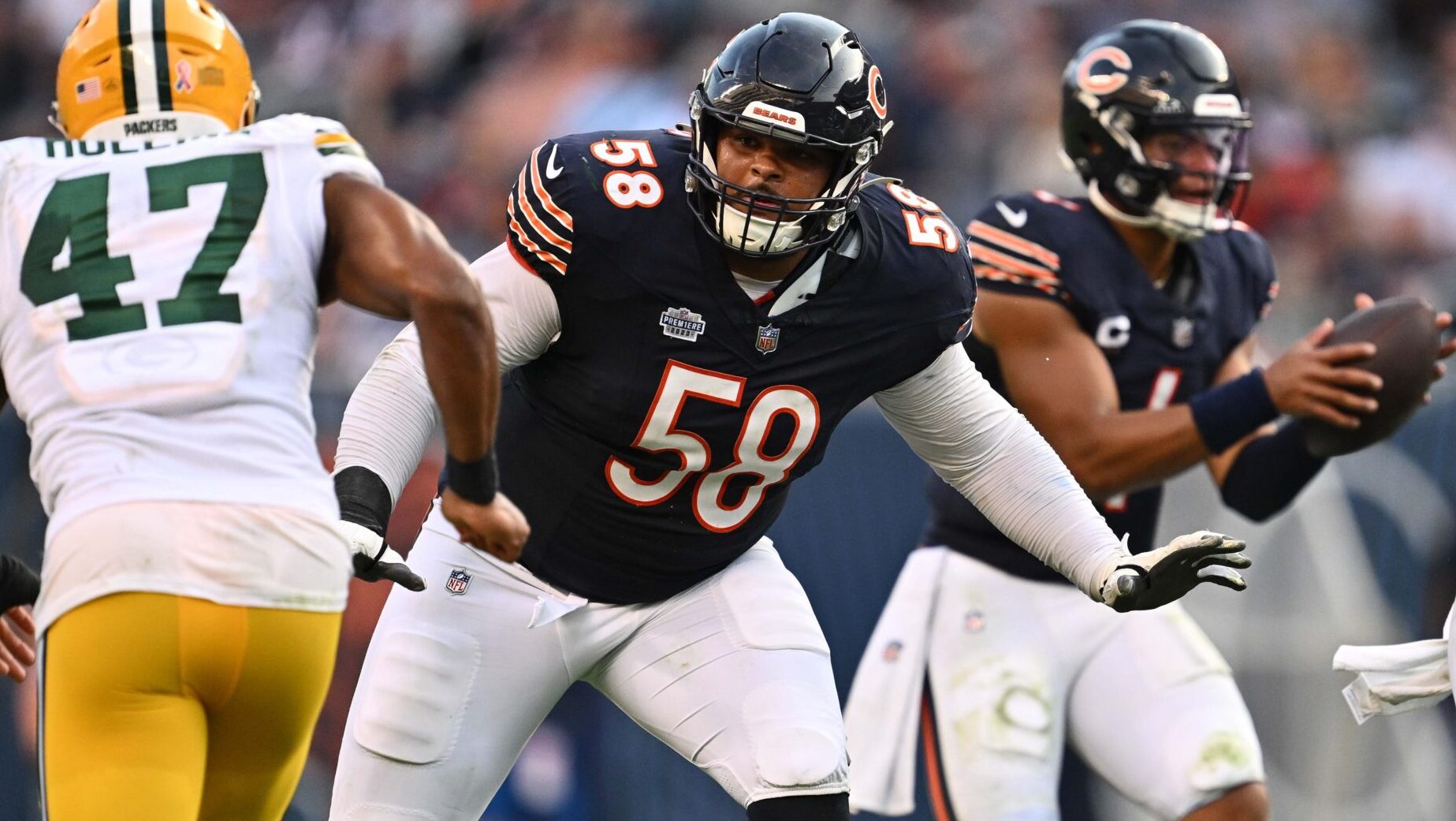Breakdowns
3/14/22
4 min read
Evaluating the Evaluators: An Opportunity to Find Productive Players

When a new head coach and/or GM is hired to an NFL team, one of their first responsibilities is assessing the roster they’ve been given. Going position by position, they must decide which players and contracts can provide the immediate impact or have the development potential to one day contribute to the team. Furthermore, many new coaches are bringing in their own scheme, leaving several players without a designated role on the roster. As recently as last offseason, we saw new leadership in Houston and Jacksonville immediately churn their roster and turn over large swaths of players in an effort to turn their fortunes around.
However, this isn’t always without risk. Bill Parcells believed that a team in transition was ripe for stealing productive players on value deals who were mis-evaluated by the new management. LB Steve DeOssie is one such example in Parcells’ storied history – considered one of the best special teams players ever to play for the Cowboys, DeOssie was traded to NYG for a sixth-round pick after clashing with Jimmy Johnson’s new coaching staff. He gained a more consistent defensive role in New York and started 13 games for Parcells’ 1990 Super Bowl champions.
With free agency more active than ever in recent years, the opportunities to find these contributors at value have become even more frequent. Brandon Staley’s first offseason in LA involved cutting a pair of players who went on to start 17 games in 2021 at cut-rate prices: Trai Turner and Casey Hayward. In Jacksonville, Urban Meyer and Trent Baalke traded away all of Joe Schobert, Gardner Minshew, Sidney Jones, and CJ Henderson for a net total of one Day 2 pick and a trio of Day 3 fliers. This doesn’t mean that these were the wrong decisions, but rather to show that it’s incredibly difficult to correctly evaluate your full roster in your first offseason and that the transition to a new scheme and/or culture creates opportunities for other teams to find value. Sean McDermott and Brandon Beane jettisoned Reggie Ragland, Ronald Darby, and Marcell Dareus. Sean McVay traded away Greg Robinson and cut Lance Kendricks. John Lynch and Kyle Shanahan sent Vance McDonald to Pittsburgh and released Antoine Bethea outright. These coaches and GMs have been successful, yet their first-year turnover sacrificed immediate contributors.
As we head into free agency, there are certain to be more examples from the current rookie crop of HCs and GMs. Already we’ve seen Ryan Poles and Matt Eberflus release Eddie Goldman – maybe he has a few good years left. Joe Schoen and Brian Daboll of the Giants cut Kyle Rudolph, who has started 12+ games every year since 2015. Las Vegas’ Dave Ziegler and Josh McDaniels got rid of 28-year-old LB Cory Littleton. There are no sure things in the NFL, but smart teams will at least consider whether they can find valuable deals here.
On the other hand, seasoned and proven talent evaluators moving on from players should practically attach a warning flag. Bill Belichick is the foremost example. For every Chandler Jones or Richard Seymour who makes it out of Foxborough, there are hordes of examples to show why it’s not wise to bet against him. Donte’ Stallworth spent the famous 2007 season in New England on the first year of a six-year agreement but saw the option on his contract declined and caught only 41 passes the rest of his career despite landing a seven-year, $35M deal with Cleveland. Malcolm Butler left NE on a five-year, $61M contract with the Titans after being all-but held out of Super Bowl LII yet saw three of his four worst seasons by yards allowed per coverage snap come in Tennessee and got cut after only those three seasons.
All of this comes down to a GM’s responsibility to evaluate the evaluators. In my time with the Jets and Dolphins, we would evaluate our scouts every offseason by comparing their past three years of player grades to production and career length. By accounting for injuries and scheme fit, we were able to drill down into the ability of an evaluator and find areas where we could provide more training or assistance. Interesting trends would frequently emerge, such as a scout who was more accurate at a certain position or with players coming from a certain program. This knowledge allowed us the best opportunity to allocate our resources to find value for our roster.
With the 2022 NFL season comes nine new head coaches, five new general managers (including a yet-to-be-hired GM in Pittsburgh), and an opportunity for teams to round out their rosters with undervalued assets. They may not be the flashiest moves, but capitalizing on acquisitions from new programs can improve the depth and talent on your roster.







